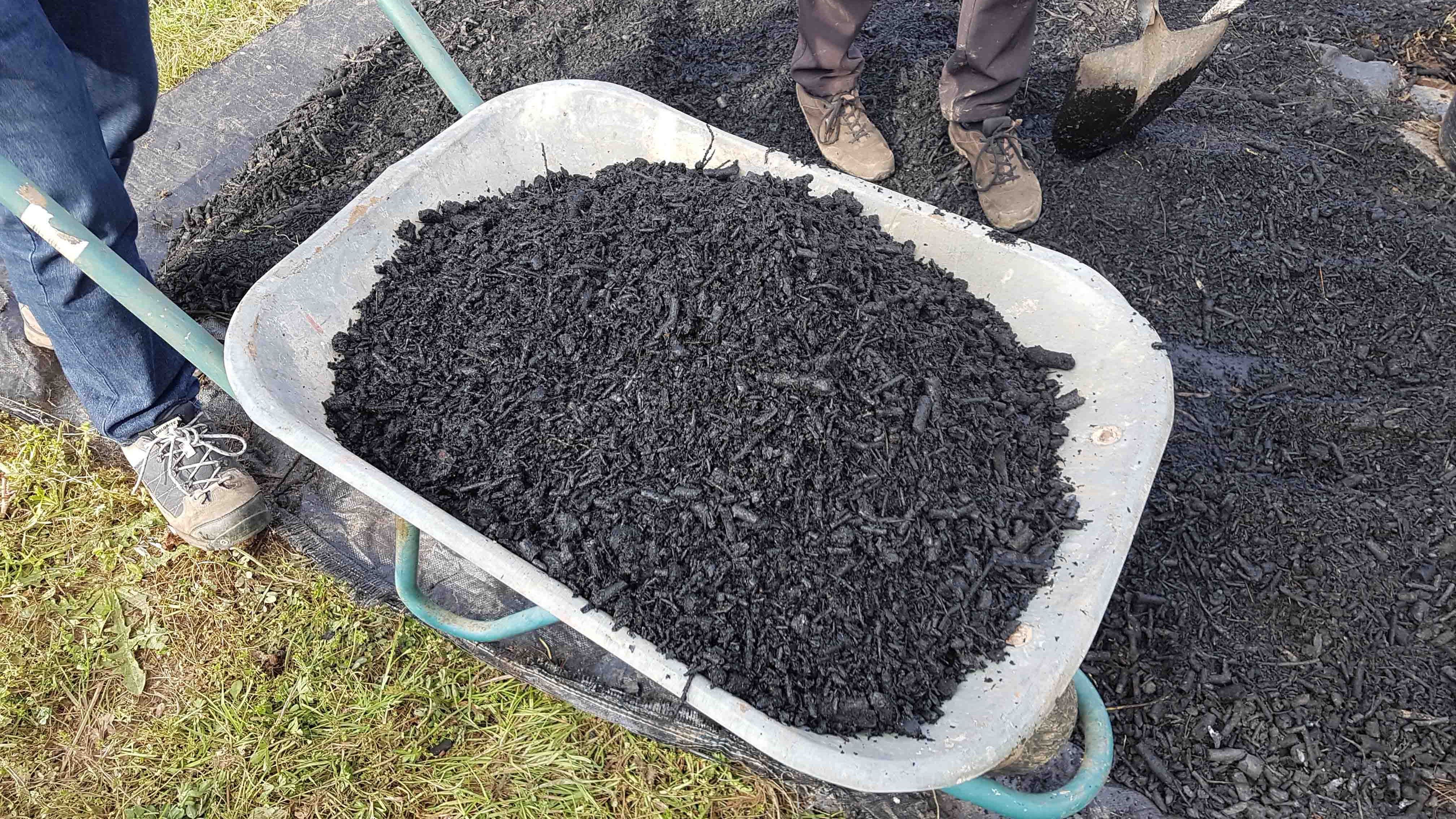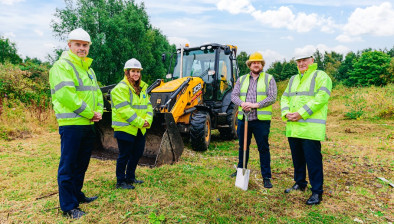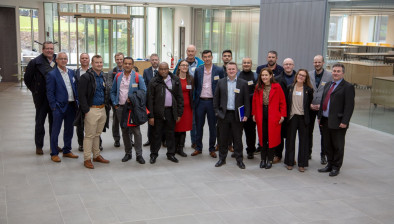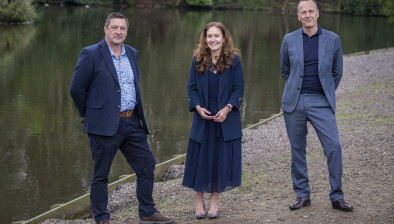‘Carbon-eating’ building materials research set to advance sustainable construction

Istock.com/Toni Jardon
A team of scientists, led by Dr Mehreen Gul from Heriot-Watt University, are investigating the use of biochar as an innovative, low-carbon building material.
The project will support interdisciplinary research aimed at advancing sustainability in the construction industry.
Biochar is a charcoal-like substance produced by heating organic biomass from food, paper, agricultural and forestry waste in the presence of little or no oxygen. It has already shown promise as a sustainable building material that can improve insulation, air quality, and moisture control while allowing buildings to act as ‘carbon sinks’ - taking up more carbon from the atmosphere than it releases. Replacing as little as 1% of a fine aggregate with biochar in cement can improve compressive strength by around 10%.
Dr Mehreen Gul, an assistant professor in Architectural Engineering from Heriot-Watt University, explained: “The construction sector accounts for nearly 40% of global energy-related carbon emissions, making it essential for us to find new ways to reduce its environmental impact quickly but, most importantly, safely. Our research aims to provide an evidence base for adopting biochar within building projects to contribute significantly to carbon reductions, helping the government meet net zero emission targets and providing reassurance to industry and the wider public about its use.
“More research is now required to explore how buildings can ‘eat carbon’ – essentially soaking up more carbon from the atmosphere than they release, and we believe biochar could play a crucial role in developing this work.”
The two-year interdisciplinary project brings together experts in civil engineering, building physics and social science from Heriot-Watt University, Aston University and the University of Birmingham. The team will take an integrative multi-stakeholder approach, collaborating with industry partners, policymakers, and end-users throughout the research process.
Dr Gul added: “Our interdisciplinary approach places human experience and stakeholders at the heart of the research, design and solution development process which, we hope, will lead to quicker adoption by the industry as a whole. We’ll be testing the performance and properties of biochar in materials like concrete, brick, and plaster, while also running building simulations to investigate potential energy savings and thermal efficiency.
“Crucially, we’ll be consulting with key industry players to understand the effectiveness, readiness, cost, social acceptability and any limitations of biochar as a building material. Our 360-degree approach will consider a broad range of stakeholders with varying level of experiences, knowledge, and skill, incorporating feedback from each party regularly before commencing to the next step. This iterative approach will reveal blind spots and offer a more holistic understanding of issues, shaping the outcomes of experiments and building modelling.”
The project aims to develop a framework to help encourage the use of biochar in the UK building industry and beyond. This could help to transform the traditional sector by providing new pathways for sustainable construction practices and materials.
Outcomes will include detailed reports on biochar applications in buildings, case studies demonstrating the technology in suitable settings, and building performance metrics for structures using biochar composites. The research team will further explore regulatory pathways and carbon credit opportunities to accelerate the adoption of this promising material.
The £800,000 funding comes from UKRI’s new cross-research council responsive mode pilot scheme which is supporting new and creative interdisciplinary ideas to emerge from the research community. The scheme aims to unlock new research, approaches and methods that would not be possible from established disciplinary thinking while supporting potentially transformative research which could lead to the creation of new disciplines.















